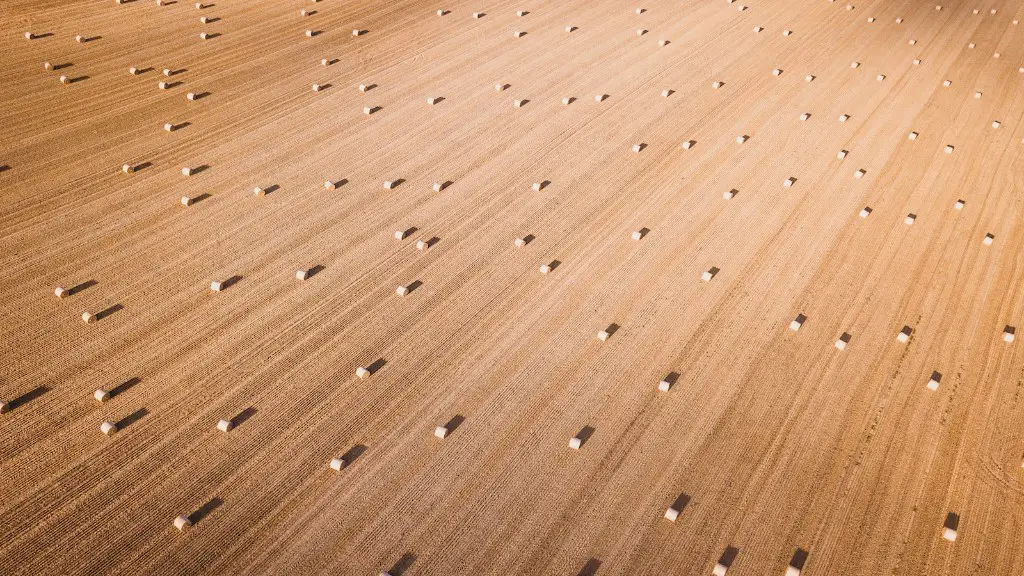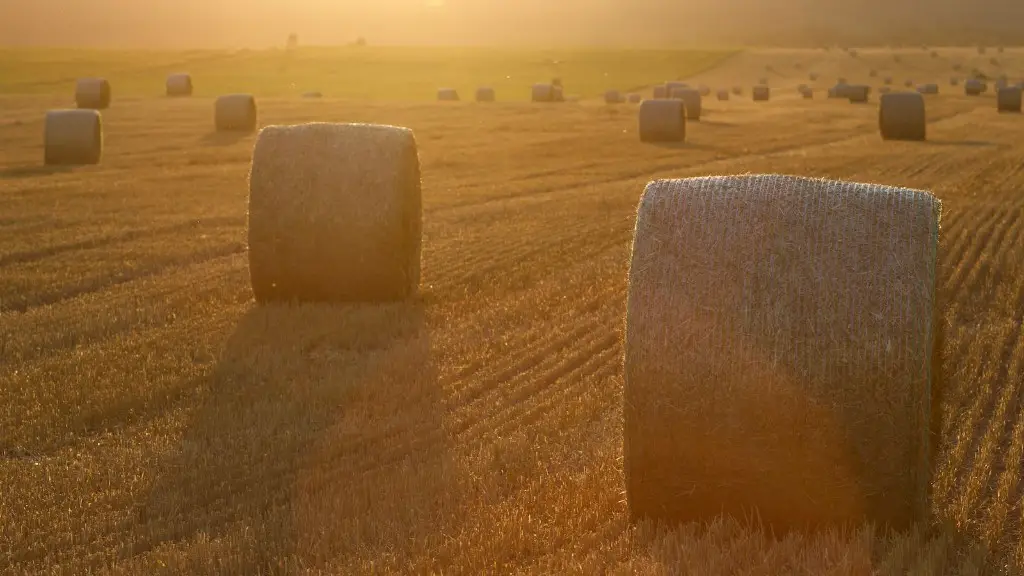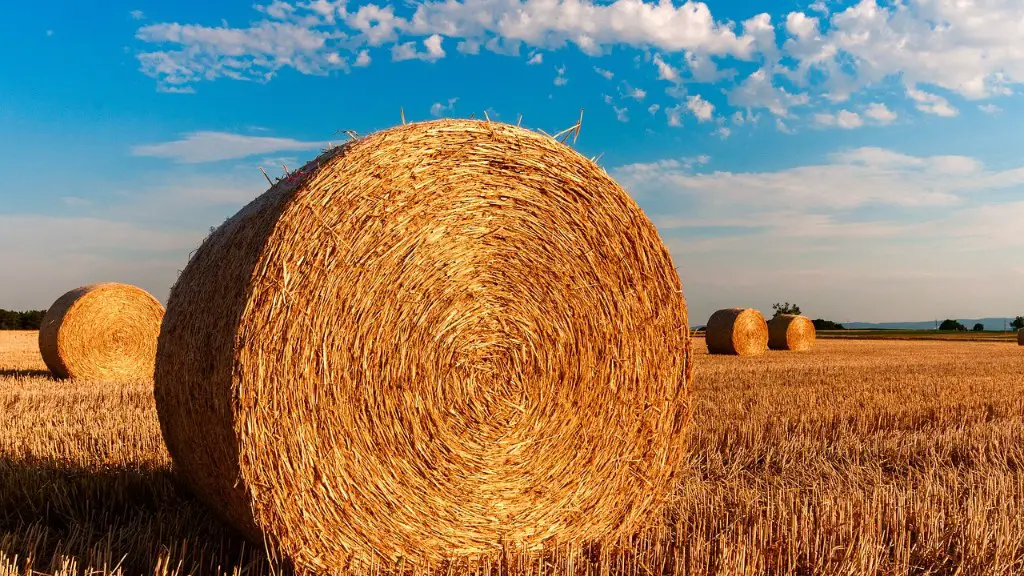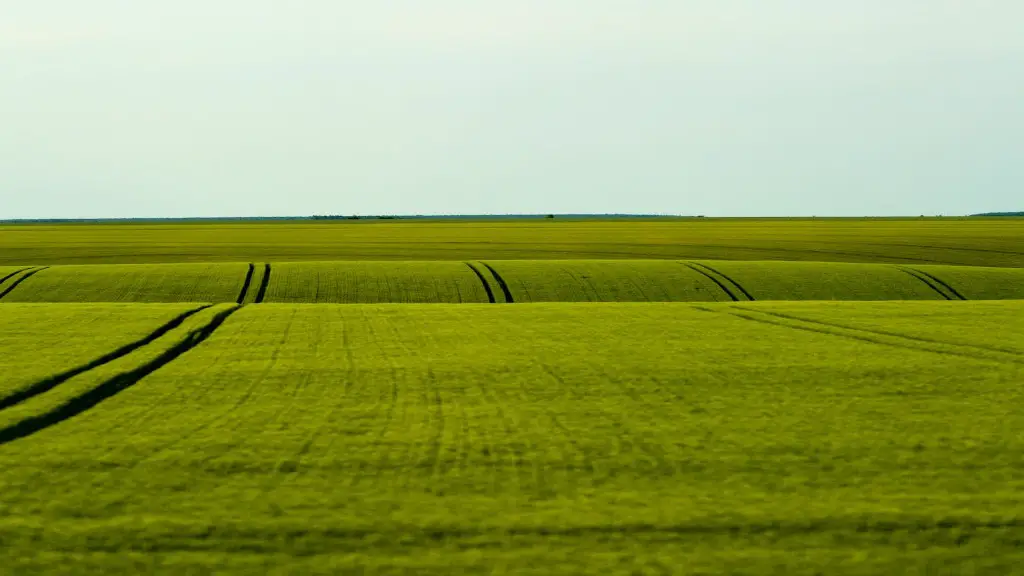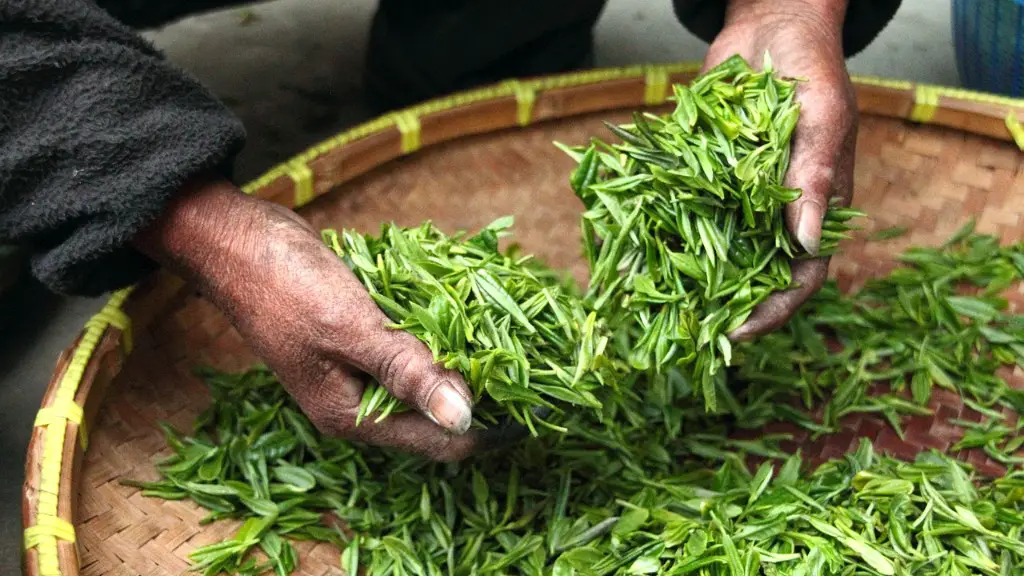When it comes to reducing water pollution from agriculture, there are several steps that can be taken. Firstly, farmers should minimize the use of fertilizers, herbicides and pesticides, as these chemicals can be carried away by water runoff and pollute streams, rivers and groundwater. Additionally, planting cover crops can help reduce runoff and soil erosion, as well as providing additional vegetation to absorb some pollutants. Secondly, soil erosion caused by tilling should be minimized by using no-till practices, as tilling can cause runoff to carry away more pollutants into rivers and lakes. Thirdly, farmers should consider installing buffer strips along the edges of rivers and streams, as they can capture agricultural runoff and help filter out pollutants. Fourthly, farmers should work to identify sources of pollution on their farms and address them, such as leaky manure storage tanks or leaking pipes.
Crop Rotation
Crop rotation is an important way to reduce water pollution due to fertilizers, pesticides, and herbicides. Change crops each season by alternating between grasses and other plants, as it reduces the need for long-term chemicals and improves soil fertility. Additionally, crop rotation reduces the chances of pests and plant diseases over time, thus reducing the need for pesticides or herbicides.
By growing crops in alternating fields, each crop is able to benefit from the nutrients and soil composition left over from the last crop, thereby reducing the need for chemical inputs. Not only does this help with water pollution, but it can also lead to improved soil health.
In addition, crop rotation is beneficial to the overall environment because it allows weeds to grow in the empty space between crops, reducing the need for tilling and leading to decreased soil erosion. This can be a great way to reduce pollution caused by runoff into rivers and streams.
When it comes to crop rotation, farmers should consider rotating between a variety of crops, such as cereals, vegetables, legumes, and other crops, as well as rotating grazing animals, such as sheep, goats, and cows.
Finally, it is important to ensure that the farmers design their crop rotations in such a way that the used land is rotated regularly and the soil fertility is maintained.
Conservation Tillage
In addition to crop rotation, conservation tillage can also help reduce water pollution. Conservation tillage is a type of farming that involves minimal or no tilling, which can lead to reduced runoff and soil erosion, as it reduces the amount of soil carried into waterways by runoff.
When using conservation tillage, farmers typically leave the stubble of crops in the fields, as it can help reduce runoff and soil erosion, as well as add beneficial organic matter to the soil.
In addition, no-till or minimal tillage farming reduces fuel use and labor, thus lowering the cost of production, as well as helping to reduce erosion and runoff due to heavy equipment used for tilling soil.
Finally, this practice can also help control the spread of diseases, weeds, pests, and parasites, as well as add beneficial insects to the local environment, thus reducing the need for insecticides.
Diversion into a Riparian Buffer
Another way to reduce water pollution is by creating a riparian buffer. A riparian buffer is an area along a waterway where vegetation is planted, typically consisting of grasses, shrubs, and trees, which helps filter out pollutants.
The vegetation in the riparian buffer helps absorb and trap nutrient-rich sediments, which can help reduce nutrient runoff into nearby waterways. Additionally, these buffers can help keep pollutants such as pesticides and herbicides out of rivers and streams, thus helping to reduce water pollution.
Riparian buffers also create habitat for fish and other aquatic organisms, providing food and shelter for both aquatic and terrestrial species. Additionally, they help regulate water temperature, reduce flooding, and add oxygen to the water, all of which can help reduce water pollution.
When it comes to creating a riparian buffer, farmers should ensure that the vegetation is diverse, as different species can help filter out different levels of pollutants. Additionally, the riparian buffer should be located close to the water to ensure maximum effectiveness.
Finally, farmers should take care to maintain the vegetation in the riparian buffer, as proper maintenance can help reduce erosion and runoff.
Rainwater Harvesting
Rainwater harvesting is also a great way to reduce water pollution. Rainwater harvesting involves collecting rainwater and storing it in tanks or other containers, to be later used for irrigation or other purposes.
Rainwater harvesting can help reduce runoff pollution, as it reduces the amount of water entering rivers and streams, thereby reducing the amount of pollutants carried away. Additionally, rainwater harvesting helps conserve water, as it allows for the reuse of water for irrigation purposes, thus reducing the need for additional watering.
When it comes to rainwater harvesting, farmers should ensure that the water is stored in a sealed tank and properly treated before being reused. This can help reduce the amount of pollutants entering the water, and if the water is to be used for irrigation, it should also be tested to ensure that it is safe for use.
Not only does rainwater harvesting help reduce water pollution, but it can also save money on water bills, as well as reducing dependence on municipal water sources.
Finally, rainwater harvesting can also help reduce the strain on groundwater and surface water sources, as less water needs to be drawn up to meet irrigation needs.
Soil Conservation
Soil conservation is another great way to reduce water pollution. Soil conservation is a way to minimize soil erosion, which can slow down runoff and help to keep pollutants out of rivers, lakes and other water bodies.
When it comes to soil conservation, farmers can use cover crops and other vegetation to reduce the amount of soil that is carried away by runoff. By leaving vegetation in the fields, the soil is more likely to stay in place, as the vegetation acts as a barrier, trapping the soil particles.
Not only does this help reduce erosion and runoff, but it can also add beneficial organic matter to the soil, thus improving soil fertility and health. Additionally, this can reduce nutrient runoff and help keep surface and groundwater safe from pollutants.
Finally, farmers should also consider installing terraces in sloped areas, as terracing can help trap and slow runoff, reducing the amount of soil and associated pollutants carried away.
Controlled Grazing
Controlled grazing is also an important way to reduce water pollution. Controlled grazing helps keep livestock off of fragile riparian areas and prevents them from overgrazing streams, rivers, and wetlands.
In addition, it helps improve water quality by reducing the amount of sediment and other materials that enter the water. Additionally, it reduces the amount of nutrients entering rivers and streams, as well as reducing the risk of manure entering the water, as livestock will not be able to access it.
Controlled grazing should be used in conjunction with other methods to reduce water pollution, such as cover crops and buffer strips. Not only does it help reduce water pollution, but it can also improve the health of the soils and vegetation in these areas, as the grazing pressure is reduced.
Finally, controlled grazing also has the benefit of reducing the spread of weeds and pests, as the frequency of grazing is limited, as well as helping to promote healthy grasslands and pastures.
